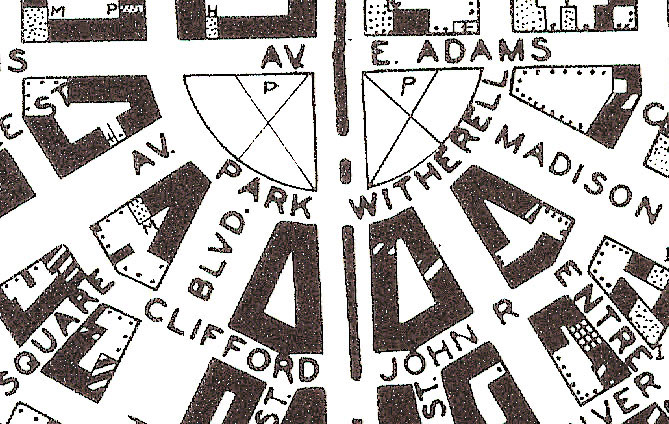
It proved an immediate success and promoters felt so good about their prospects expansion was underway before the C&RI's completion. In his book, " Classic American Railroads," historian Mike Schafer notes when the initial segment was completed the 4-4-0 Rocket, amid much celebration, pulled the road's first train between Chicago and Joliet on October 10, 1852.Īs work continued the line was completed more than a year ahead of the schedule when rail service opened to Rock Island on February 22, 1854. When the group sought an engineer for surveying a route they were told extending the line into Chicago offered the best chance of success.Ĭonstruction commenced in August of 1852 and rapidly progressed westward from Chicago.

Raising money in this manner normally carried mixed results but enthusiasm for the railroad turned out to be quite high and by November of 1850 the needed $300,000 had been secured. They were forced to go about it the old fashioned way, acting as salesmen going door to door selling stock across the countryside. Unfortunately, this ambitious lot did not have the needed funding to begin construction right away, the bane of so many such projects. What was known as the Rock Island & La Salle Rail Road Company, officially incorporated on February 27, 1847, would work in conjunction with canal and riverboat operators to move freight and passengers into Chicago. The company's history began like so many others in the Midwest, launched in the mid-19th century to help a small town reach its potential.Īccording to Bill Marvel's wonderful title, " Rock Island Line," a group of businessmen spent an evening in June of 1845 planning a railroad of 75 miles to link Rock Island, Illinois (across the Mississippi River from Davenport, Iowa) with LaSalle.

This was never made clearer than during the 1970's when states like Iowa offered assistance to rebuild crumbling branch lines for continued rail service.

Agriculture was always the Rock's lifeblood and the two carried a symbiotic relationship. While such scenes provided fascinating subjects for the camera they more vividly illustrated the railroad's plight. The railroad offered wonderful bucolic scenes in postwar years of tired covered wagons negotiating rickety and weed-covered trackage to serve a local customer along a rural Midwestern branch line. Photosįrom a nostalgic standpoint many would argue the Rock Island was the greatest of all grangers and it's often hard to dispute that belief. In one of the industry's great ironies, most of the railroad's principal routes survive today. With few options left the Rock Island entered bankruptcy and was liquidated in 1980. In late 1974, when the agency finally gave its blessing UP was no longer interested. In 1964, a merger was agreed upon with Union Pacific to assure the Rock's survival.Īlas, there was much opposition to this union and as the Interstate Commerce Commission dragged its feet the railroad physically collapsed. Cash sang and struggled after the company's greatest leader, John D. The Rock never " ran down into New Orleans" as Mr. It carried problems tracing back to its earliest years and served cities its competitors already reached. Unfortunately, for all the Rock's fame it was not quite as glamorous in reality. A Might Fine Line was immortalized in song when Clarence Wilson, a member of the Rock Island's Colored Booster Quartet (an employee choir group from the railroad's Biddle Shops in Little Rock, Arkansas) wrote " Rock Island Line" in 1929.Ī few different versions sprang up in the succeeding years, the most famous of which was recorded by icon Johnny Cash in 1970. The fabled Chicago, Rock Island and Pacific Railroad was a legend in its own time.


 0 kommentar(er)
0 kommentar(er)
